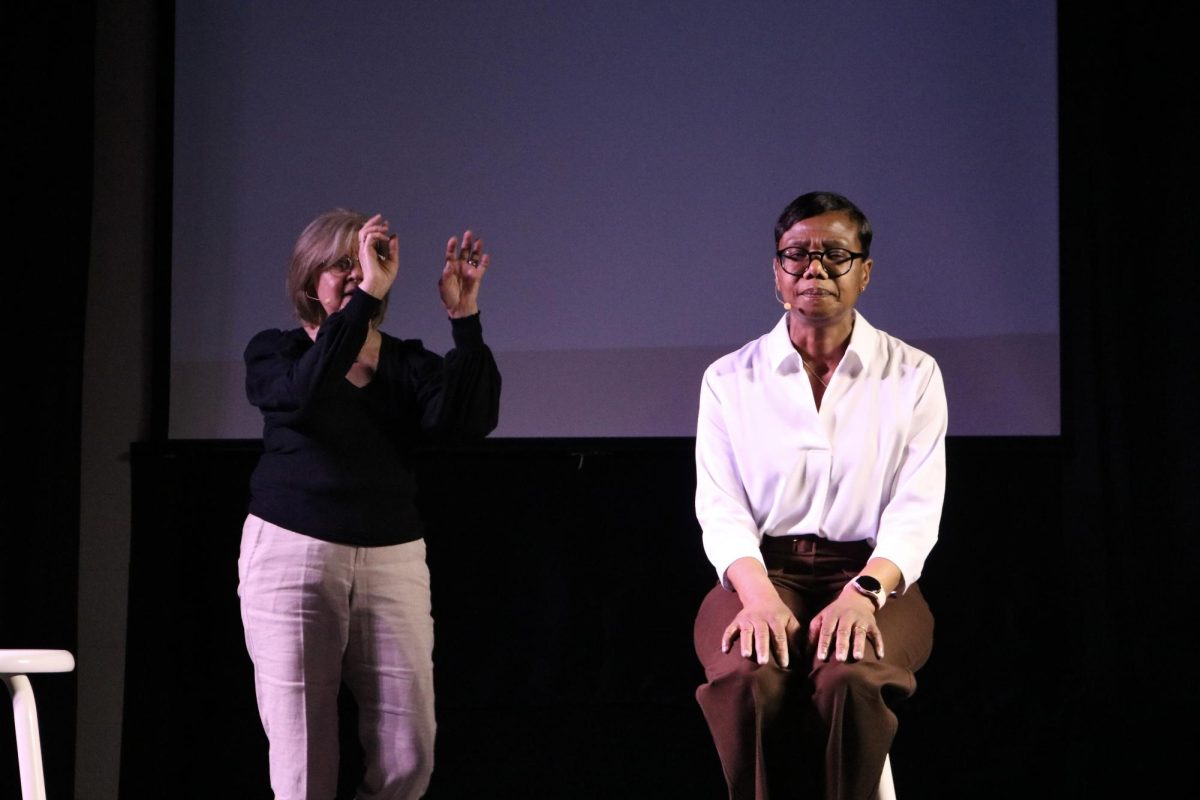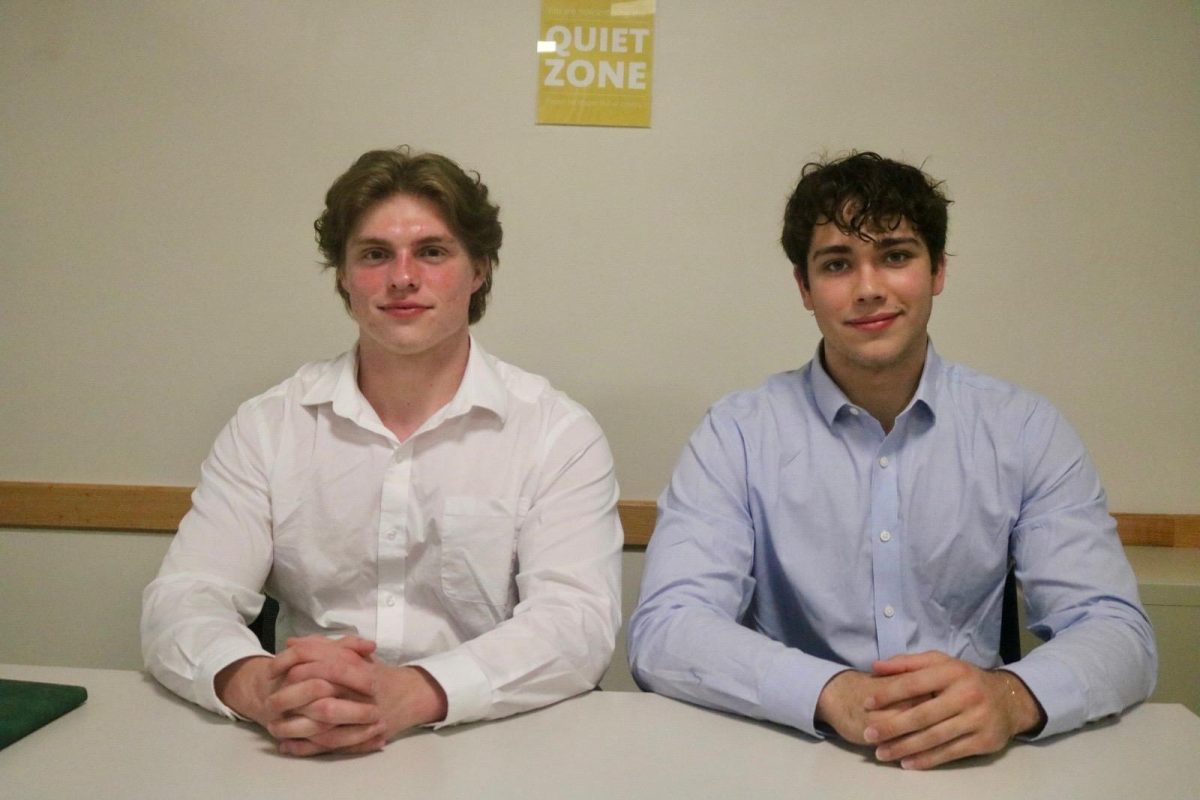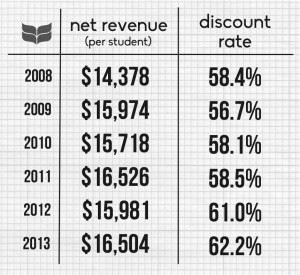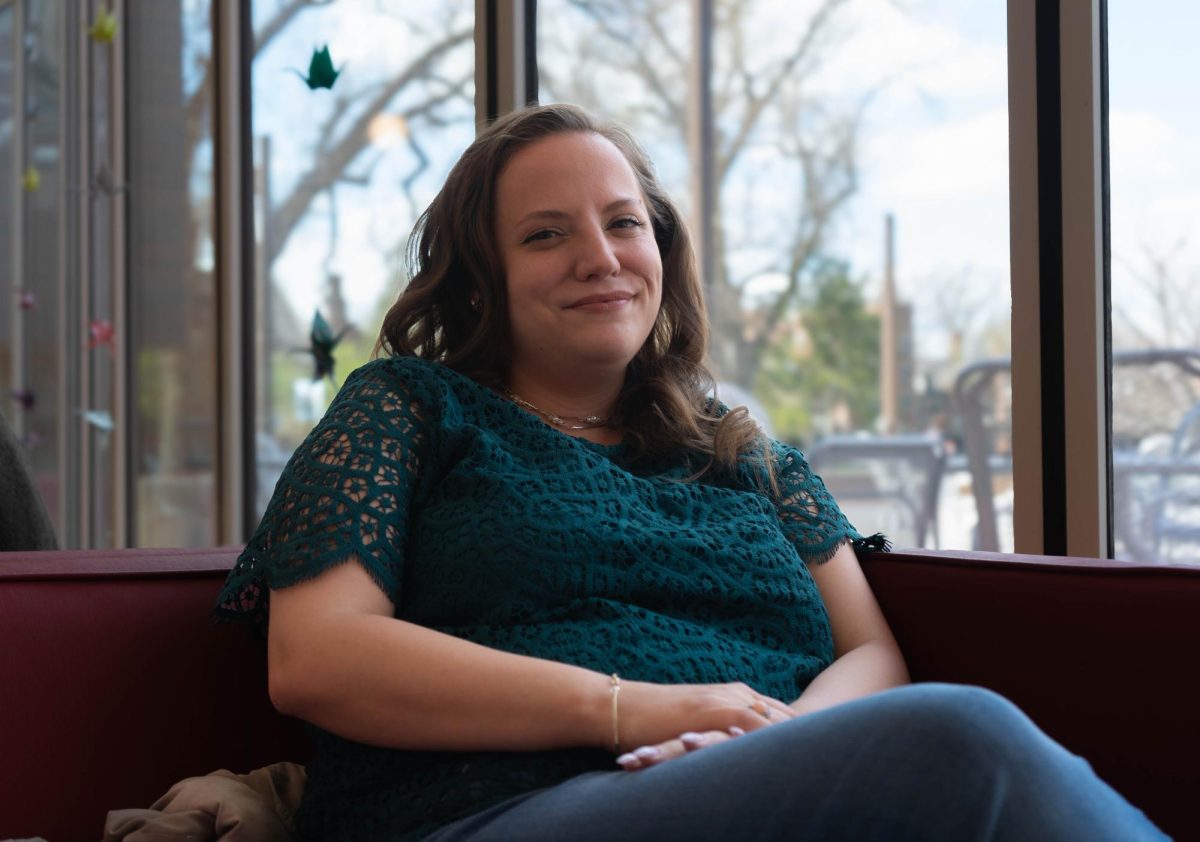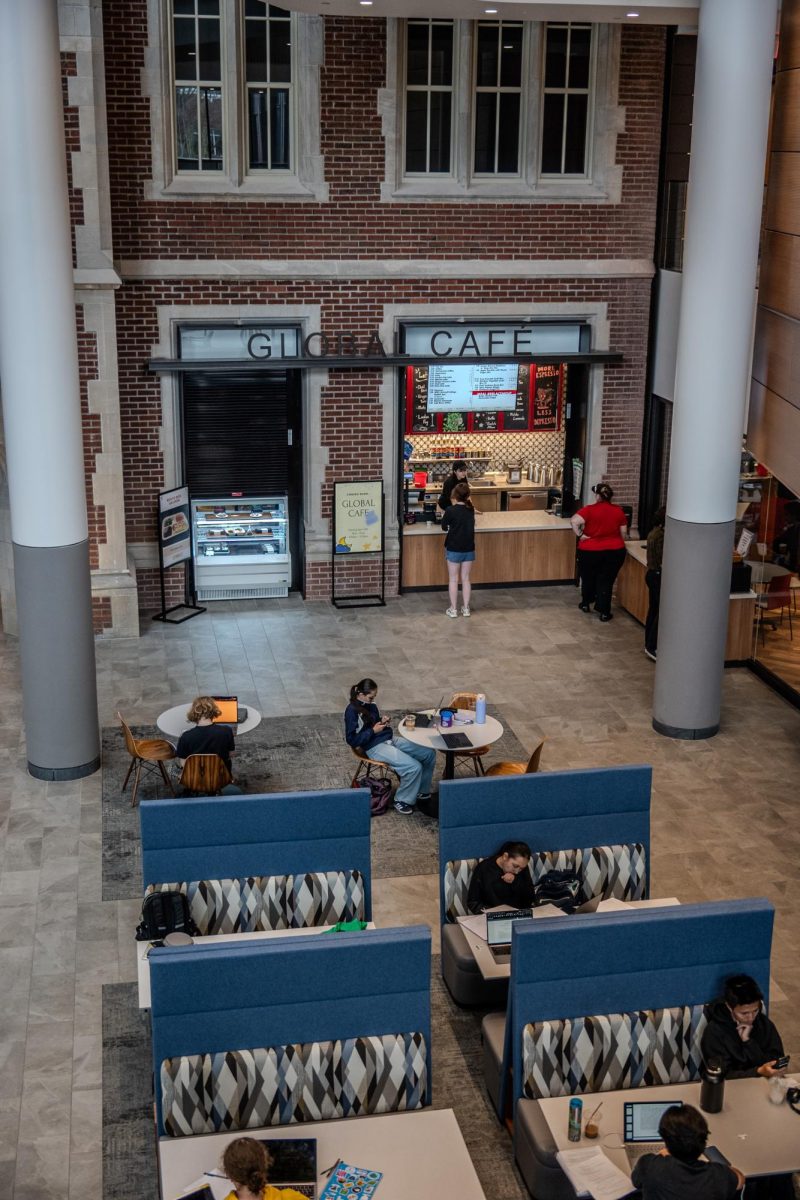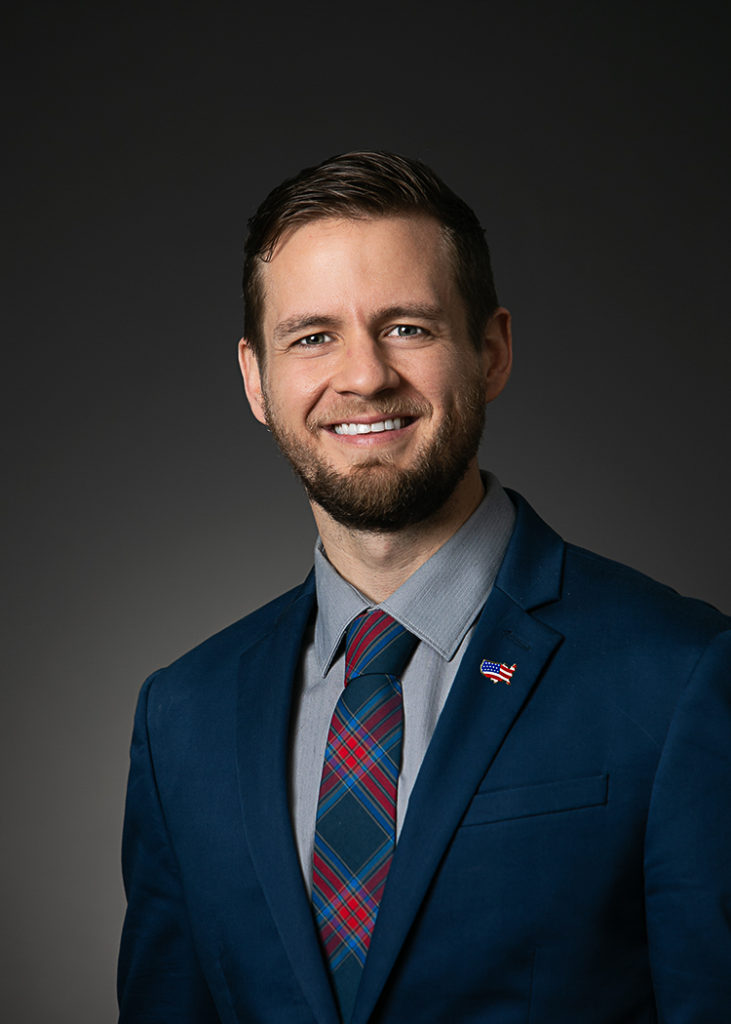Last fall, as the College underwent a year-long review of its finances, President Raynard Kington informed members of the campus community that Grinnell would begin a discussion regarding whether or not to continue pursuing its need-blind admissions policy.
Over the course of the 2012-2013 academic year several discussions were held in order to facilitate community engagement and garner feedback. Trustees, administrators, faculty, staff, students and alumni weighed in and an overwhelming number of them expressed their support for need-blind admissions, citing several reasons for this, most prominent among which were a need to uphold ideals of social justice and to promote diversity on campus.
Ultimately, the College decided to retain its need-blind admissions policy but to implement other measures in order to ensure that the College’s finances remain robust. The optimal scenario for the College would be if the net revenue per student increases and the discount rate decreases.
Currently, a major issue of financial concern for the College is its increasing discount rate. The College abides by the National Association for College and University Business Officers’ (NACUBO) definition of discount rate which is the ratio of total institutional grant aid to the published comprehensive fee.
NACUBO’s measure, however, does not include tuition remission or tuition exchange, programs that Grinnell participates in, through which it subsidizes the cost of attending Grinnell for children of Grinnell employees and employees of participating colleges in the Associated Colleges of the Midwest (ACM) consortium.
Grinnell’s discount rate has been displaying an upward trend over the past four years. Nationally, there are about 45 institutions that meet 100 percent of demonstrated financial need and conduct admissions within a need-blind framework. Within these, Grinnell’s discount rate is second only to Harvard’s.
Last year, the aim had been to bring the discount rate down from 61 percent in 2012 to 58 percent in 2013. However, the financial profile of 2013, which was recently completed, revealed that this year’s discount rate is 62.2 percent. This means that the average net revenue per student is 16,504 dollars whereas the comprehensive fee this year is 53,654 dollars; the College awarded 45 million dollars in grant aid this academic year.
The 2013-2014 comprehensive fees reflect a six percent increase from that of last year, as opposed to the more typical three percent annual fee increase. Even as the fee increase was accompanied by increased financial aid for students who receive aid, the fee increase brought the discount rate down by 0.8 percent.
Joe Bagnoli, Vice President for Enrollment and Dean of Admission & Financial Aid, attributes Grinnell’s high discount rate to various factors. Most significant is the fact that applicants to Grinnell typically demonstrate a higher financial need than applicants to other comparable institutions.
“Clearly, our discount rate is much higher than other [schools] who are able to meet 100 percent of demonstrated aid. Part of that is related to the financial need profile of entering student bodies … [Other schools] have a higher percentage of students who pay the full comprehensive fee,” he said.
Other than the fee increase, which was an administrative decision approved by the Board of Trustees, several initiatives were implemented by the Admission office as a result of the conversations that were held with the campus community last year and that continued this year through the Admissions and Student Financial Aid Committee (ASFAC), which features faculty and student representatives.
One of these initiatives was that the College revised its loan policy and introduced a graduated loan cap whereby the loan component of a financial aid package is capped at 3,500 dollars for first-year students, 4,500 dollars for second-year students and 5,500 dollars for third- and fourth-year students. The previous cap had been a constant 3,000 dollars across all years; the new cap has lowered the discount rate by an additional 0.7 percent this year.
The rationale behind increasing this cap was twofold. First, it was thought that a student who has successfully completed his or her third or fourth year is more likely to graduate and therefore there is a higher possibility that they will be in a position to repay the loan. Second, when the maximum amount of student loans is added, it comes out to be 20,000 dollars, less than 10 percent of the total cost of attending Grinnell.
Other initiatives that were implemented dealt explicitly with the admissions process. There are three identified stages of the admissions cycle: pre-admission, admissions and post-admission. Of these, only the second stage is need-blind. In order to decrease its discount rate, the College has made an active effort to, in the pre-admission stage, recruit students with lower financial-need and in the post-admission stage increase its efforts to court certain segments of the admitted population.
“In the pre-admission stage, we are not need-blind; we can know who it is we’re trying to recruit. When we get to the stage of selection we are need-blind and we are purists about that at Grinnell,” Bagnoli said. “And then in the post-admission phase—the ‘yield’ phase—we are then again no longer need-blind, so we can try and encourage populations that could be helpful to address the discount rate challenge. But what we continue to pledge to do is to meet 100 percent of demonstrated need.”
The third initiative was to increase the percentage of international students and to simultaneously generate higher revenue from these students. Grinnell’s financial aid process for international students is not need-blind but need-aware, meaning that the College considers international applicants’ ability to pay when deciding to admit them. Though this may be surprising to some, Grinnell’s financial aid policy for international students is a lot more generous than that at most other institutions.
“The discount rate of international students at Grinnell is considerably higher than that rate at other private colleges. It is rare that colleges award as much financial aid to internationals as we do at Grinnell,” Bagnoli wrote in an email to the S&B.
Despite the different processes with regards to domestic and international students, Grinnell’s discount rate for international students was extremely close to that for its domestic students. This initiative resulted in another 1.2 percent drop in the discount rate this year.
Another initiative put forth by the Office of Admission was related to the post-admissions process. Instead of hosting three admitted students’ programs in April, as it has done in past years, the College moved one of the programs to March in order to more aggressively court the applicants that were most qualified. Whereas this decision did not explicitly entail inviting applicants with a lower financial-need profile, this was in fact the implicit assumption.
“The relationship in terms of traditional measures of academic readiness in terms of test scores, class rank, GPA, et cetera—there’s a straight line between those things nationally and wealth. So the premise was, if we take the very top-qualified candidates from our regular decision pool and we move on them more quickly … and we’re doing it in a need-blind fashion, just bringing the best—but the chances are that you convert more of those, then there will be an impact here on our discount rate,” Bagnoli said.
The College also announced an “Iowa Scholars” program last year whereby admitted students who were residents of Iowa were awarded 10,000 dollars. The program was intended to serve a two-fold purpose. First, it was meant to address the dropping number of Iowa applicants, which it successfully did as reflected by an increase in Iowa applicants for 2017. Second, Iowa applicants have shown to have a lower discount rate than others. It was calculated that even upon factoring in the Iowa Scholars award, Iowan students would still demonstrate a lower discount rate.
Whereas the overall discount rate did not decrease as planned, the fee increase and the initiatives put forth lowered the discount rate by 2.7 percent; without these measures, Grinnell’s rate this year would have been approximately 65 percent.
Moving forward, the College is planning on implementing other initiatives in order to decrease its discount rate. One of these is requiring applicants to complete a College Scholarship Service Profile (CSS Profile) in addition to the Free Application for Federal Student Aid (FAFSA). In past years, Grinnell was the only need-blind, meet-100 percent-of-demonstrated-aid institution that relied solely on the FAFSA due to concerns that requiring the CSS Profile would alienate applicants unable to pay the associated fees.
“People were concerned that an instrument like [the CSS], which had a fee associated with it, might discourage people we would otherwise like to see complete the application for admission and financial aid,” Bagnoli said. “So we analyzed that and found that in the preceding three-year period, for those who filed a financial aid form at Grinnell, 93 percent of them had filed a CSS profile already somewhere else. So that gave us the confidence [that] we’re really not going to be eliminating a large number of people that are going to be discouraged by that requirement.”
The CSS Profile gathers more information than the FAFSA did and is expected to help Grinnell better gauge the financial needs of its students. Whereas it is not necessary that this will positively impact Grinnell’s discount rate, there is hope that it may.
“So what we’re planning is to arrive at a more comparable estimation of family contribution with the other institutions that participate in this, need-blind, meet-one hundred-percent-of-financial-need process,” Bagnoli said. “So if we find that in cases where families have access to these resources that we didn’t previously include, perhaps the financial aid award for a family will now be less. So we would expect some impact there in how much aid would be awarded.”
An important initiative that is expected to positively impact the College’s finances is what is being called the “Institutional Identity Project.” The project, though longer-term in scope, aims to identify how applicants perceive Grinnell and then to better communicate Grinnell’s strengths to applicants.
“We admit a healthy number of students who could pay the comprehensive fee but not a very high percentage of them accept our offer so we’re thinking about, what is our image with those students? How are we perceived? How could we strengthen that? How could our identity as an institution be more compelling to them? So we’re beginning to work on that,” Bagnoli said.
Relatedly, Grinnell is pursuing a policy of strategic communication whereby the College is communicating with high school sophomores, juniors and seniors in a more deliberate way and engaging in a longer-term cultivation process with regard to prospective applicants at different stages of the application process.
The above initiatives, except the fee increase, were decided upon after deliberation and consultation with members of the ASFAC.
“I believe that ASFAC and the Admissions and Financial Aid offices both desire to maintain a need-blind admissions policy and meet full, demonstrated need for our domestic students. We continue to discuss all options open to the College that may lower the discount rate while maintaining the need-blind admissions policy. With that said, the community should communicate through their elected representatives. ASFAC welcomes further ideas to bring to our discussions,” wrote ASFAC member Justin Thomas, Theatre and Dance, in an email to the S&B.
Although the College has made plans to implement further measures to improve the its financial position via increasing net revenue per student and decreasing its discount rate, these measures are not guaranteed to succeed and the topic of need-blind admission will be revisited in 2015.





